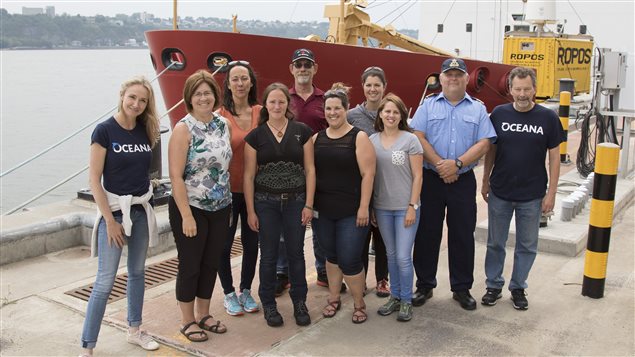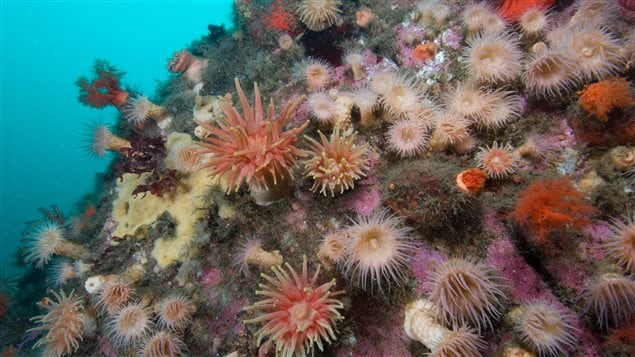Anyone with an internet connection will be able to view previously unseen images of life in the Gulf of St. Lawrence, one of the most productive and diverse marine areas in the world. The gulf on Canada’s eastern shores is where fresh water from the St. Lawrence River meets the cold arctic Labrador Current from the north and the Gulf Stream which brings tropical water from the south.
‘A pretty spectacular area’
“All that mixes in this broad gulf and makes it a really special productive area for fish, for undersea life, cold water corals, whales, turtles, sharks. It’s really a pretty spectacular area,” says Josh Laughren, executive director of Oceana Canada. The expedition to explore the gulf is a joint venture of his conservation organization and the government of Canada.
Listen
World’s best robot to collect samples, transmit images
The expedition, which set off from Quebec City yesterday, has two purposes: to collect new scientific information to help protect and manage the gulf and to engage Canadians and people around the world on what Laughren calls “the incredible ocean resources…that are too often out of sight and out of mind.”
World’s best robot to collect samples, transmit images
He says Canadian-made ROPOS is the best underwater robot in the world. It will be sent underwater to carefully collect samples with minimal impact and relay high-definition images of what it is doing live to the internet starting today. People will be able to watch online, hear commentary from scientists on board and, at times, they will be able to ask questions.

On the lookout for endangered whales
Trained observers will also be on the look-out for endangered right whales. Between 10 and 12 have been found dead in the Gulf of St. Lawrence since June 7, 2017. They will try to find out what is attracting them and why they have been dying.
There are two vessels involved in the expedition and information that is collected will be added to the government’s data base used to protect and manage the Gulf of St. Lawrence which is home to several commercial fisheries. Says Laughren: “We expect it will help us understand what’s there, areas that might need to be protected.
“You know, if there’s forests of undersea cold water corals you may want to keep nets that drag along the bottom out of those areas. If we find areas of concentrations of juvenile fish well then maybe you want to limit or change your fishing practices to change to protect those juvenile fish while they’re there…things like that.
“So the information will help contribute to our overall knowledge of the area but we’ll be looking at how we can better manage the resources that are there.”







For reasons beyond our control, and for an undetermined period of time, our comment section is now closed. However, our social networks remain open to your contributions.